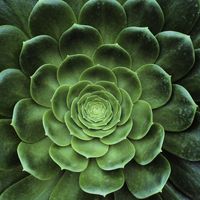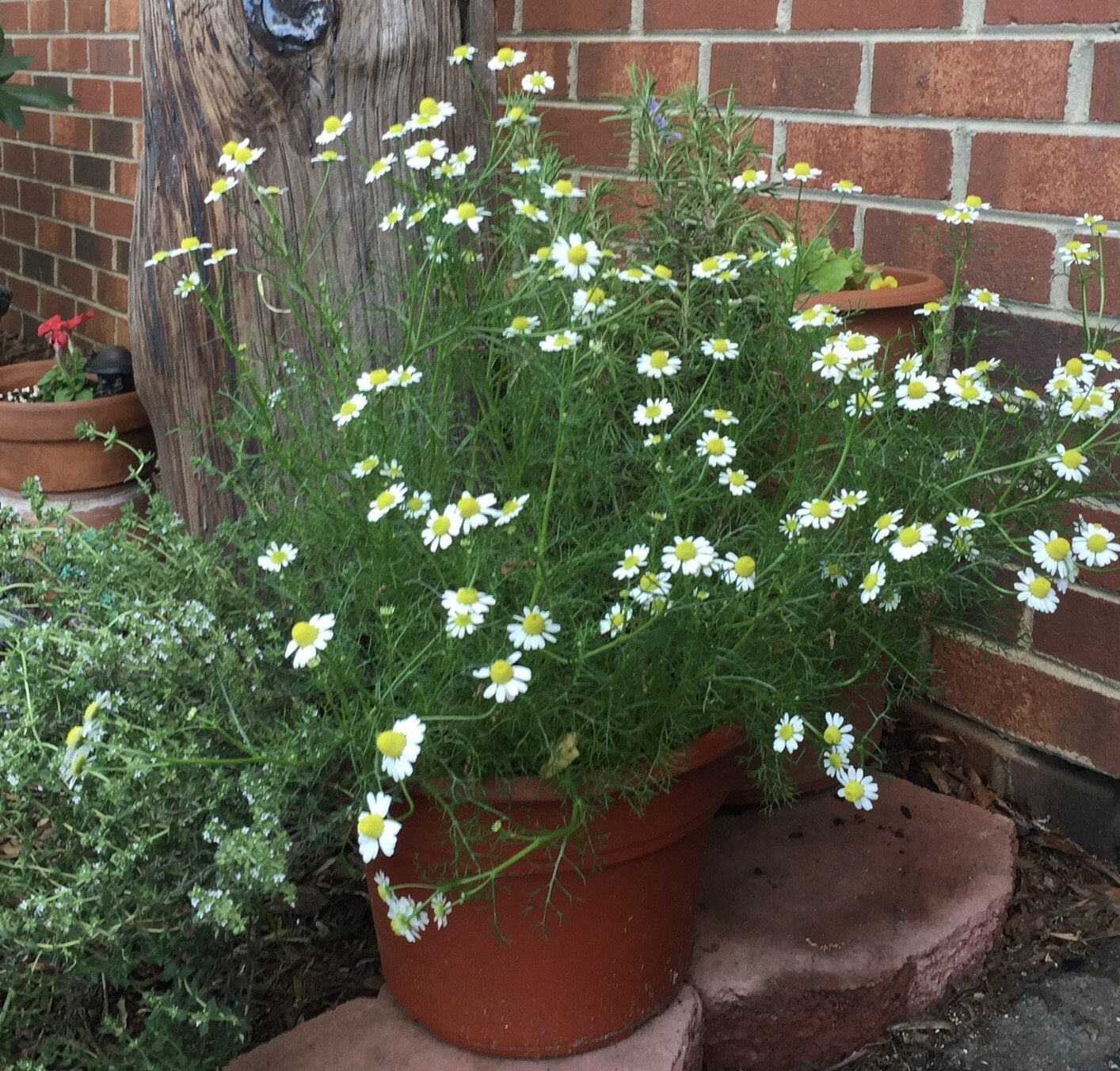Potted Chamomile Plants – How To Grow Chamomile In A Container


Chamomile is a lovely herb that produces dainty, daisy-like blooms throughout much of the growing season. Growing chamomile in containers is definitely possible and, in fact, works like a charm if you’re worried that chamomile, a generous self-seeder, may be too rambunctious in the garden. Read on to learn more about growing chamomile in a pot.
Note: This article pertains primarily to Roman chamomile (Chamaemelum nobile), a perennial that works beautifully as container-grown chamomile. German chamomile (Matricaria chamomilla) is a hardy annual that needs plenty of open space and, thus, isn’t recommended for containers. If you want to give it a try, use a very large container.
How to Grow Chamomile in a Container
Chamomile will grow happily in any type of container, as long as it has a drainage hole. Drainage is critical because like most herbs, potted chamomile plants are likely to rot in soggy soil. For the same reason, use a loose, well-drained potting mixture.
There are a few ways to get started with container-grown chamomile. The easiest is to purchase a small plant at a garden center or greenhouse that specializes in herbs. Alternatively, start seeds in small pots and transplant the seedlings to larger containers later, or save time by simply sprinkling a few seeds on the surface of the soil in a larger pot. A 12 inch (30 cm) container is roomy enough to grow one chamomile plant.
Don’t cover the seeds, as chamomile in a pot requires light in order to germinate.
Caring for Container-Grown Chamomile
Chamomile isn’t fussy, so potted chamomile plants require little care. Here are a few tips:
Allow the top ½ inch (1 cm) of potting mix to dry between watering, then water deeply and let the pot drain thoroughly.
Sign up for the Gardening Know How newsletter today and receive a free copy of our e-book "How to Grow Delicious Tomatoes".
If your container-grown chamomile is outdoors, move it into a shady spot when temperatures exceed 90 degrees F (32 C). Bring potted chamomile plants indoors before frosty weather arrives in autumn.
Chamomile doesn’t need much fertilizer and too much can decrease the aromatic essential oil in the leaves. As a general rule, a light application of a general-purpose, water-soluble fertilizer once every month is plenty.
Potted chamomile plants are relatively pest resistant, but small pests like aphids and mealybugs are easily treated with insecticidal soap spray.

A Credentialed Garden Writer, Mary H. Dyer was with Gardening Know How in the very beginning, publishing articles as early as 2007.